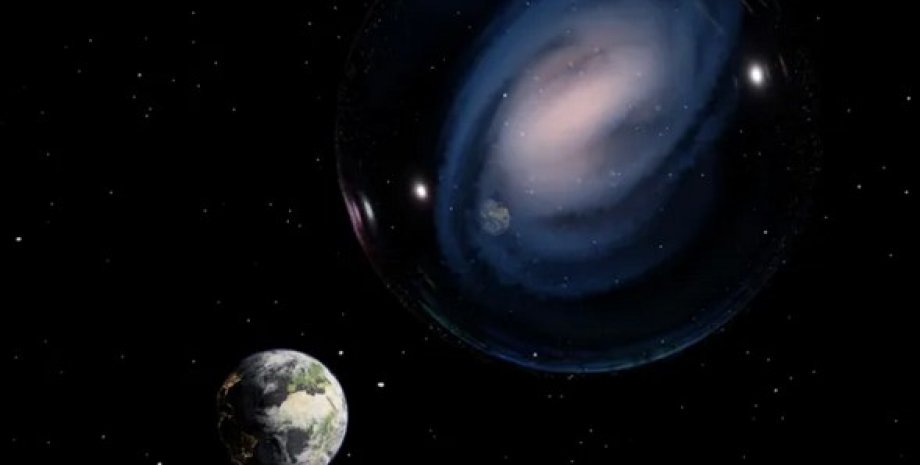
 By Victor Duda
By Victor Duda
The results of the study were published in Nature, Space writes. In focus. Technology has appeared its Telegram channel. Subscribe to not miss the latest and exciting news from the world of science! The Space Telescope Webb has discovered the most experienced galaxy of well -known astronomers, which is surprisingly similar to our Milky Way. This galaxy existed in 2. 1 billion years after the Big Bang and is a spiral galaxy with a jumper.
The Galaxy, called Ceers-2112, has the same bright strip of stars and interstellar gas in its center as the Milky Way. Scientists believed that such a feature of spiral galaxies appears already in astronomical objects that have completed their formation. That is, it should be already mature galaxies that existed at least 4 billion years after the Big Bang. At the same time, according to scientists, only about 70% of all known spiral galaxies have jumpers.
But the new discovery shows that even young spiral galaxies, such as Ceers-2112, located at a distance of 11. 7 billion light years from us, had jumpers. Given the age of the universe 13. 8 billion years, this galaxy existed as early as 2. 1 billion years after the birth of space. According to the authors of the study, the fact of the existence of a jumper near the Galaxy in the Ceers-2112 from the early universe challenges the modern theories of the formation of galaxies.
After all, they say that the conditions in early space did not allow the spiral galaxies with such a feature. According to scientists, now they need to find out what is not enough in existing theoretical models of galax formation. Or, perhaps, these models need to be changed at all, because the processes in the early universe have taken place differently. But not only the above data surprised scientists. The new discovery can change the understanding of the role of the early universe.
It is believed that it is 85% of all matter in the universe and has significantly influenced the formation of galaxies within 380 thousand years after the Big Bang. But observations of the Galaxy CEERS-2112 show that in its evolution the main role was played by common matter, not dark. And this happened 2 billion years after the appearance of space. As the focus wrote, the Telescope Webb found a hint in his near space about how billions of years ago emerged.










All rights reserved IN-Ukraine.info - 2022